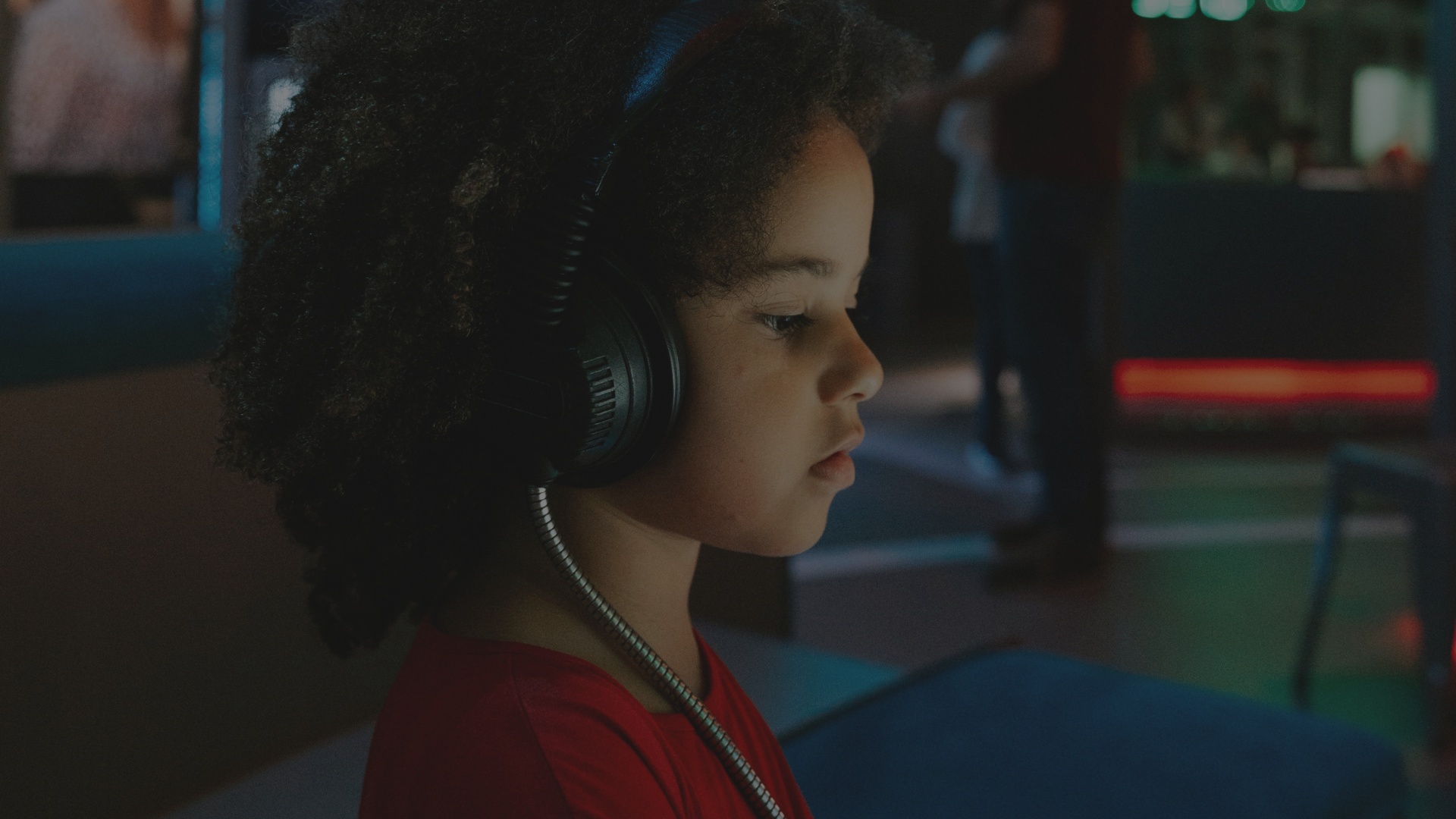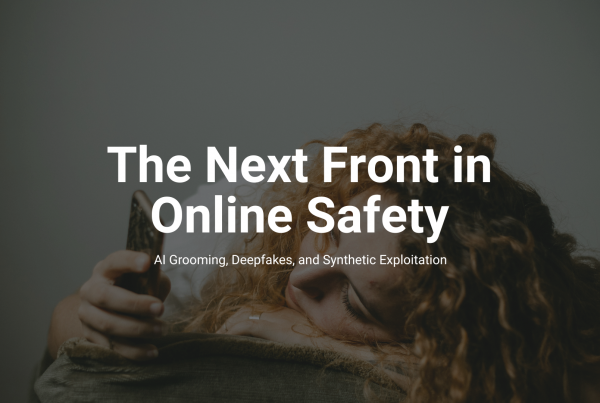Authors: Mike
Published: August 18th, 2025
For years, the Innocent Lives Foundation has worked to identify child predators hiding behind usernames and screens. We’ve seen the harm they cause. We’ve seen the lives they destroy.
But now, a new kind of threat is emerging, and it’s not just faster or more secretive. It’s synthetic, scalable, and growing faster than the tools built to fight it.
AI-generated child sexual abuse material (CSAM) is not science fiction. It’s not theoretical. It’s already here, and it’s already being used.
The Illusion of a Victimless Crime
Some argue that AI-generated CSAM is “less harmful” because no child was physically present during its creation. That logic is as dangerous as it is false.
Let’s be clear: AI-generated CSAM is not victimless. It often starts with real images of real children, used without consent. A single childhood photo scraped from social media can become the foundation for dozens of synthetic abuse images. The child may never know. Their parents may never find out. But the trauma, once discovered, is real. So is the harm to trust, identity, and safety.
Even when AI models create entirely new, synthetic children, the material still fuels predator communities, normalizes the idea of abusing children, and escalates demand for more explicit content. These images often circulate alongside real CSAM, blurring the lines for investigators—and for offenders who may find that synthetic content is no longer enough. For some, it becomes a gateway to seeking out real victims.
We’ve already seen forums that share both. We’ve seen predators describe synthetic content as “training material.” We’ve seen this become a tool for grooming.
A Fictional Case, But Not Far From Reality
Let’s imagine a case. It’s a story, but every detail is drawn from real techniques we’ve seen or studied.
A father stumbles across an anonymous message board while researching digital safety for his daughter. He finds a thread titled “Perfect AI kids.” The images look disturbingly real. They show children in impossible poses, with captions that echo the language predators use to groom and share.
He reports the post. It leads to an investigation. Investigators find that the AI-generated content was created using photos scraped from elementary school websites. One of the AI “faces” used a girl’s real third-grade photo as the base.
The girl is safe. She was never physically touched. But her photo, shared for school spirit, is now part of a dataset that fuels predators worldwide. The investigation reveals that this content was used to lure other children, real ones, into exploitation.
This is not a future threat. It’s happening now. The only part we made up was the father.
The Systems That Enable It
Most generative AI tools weren’t built for harm. But like many technologies, they’re neutral until someone trains them maliciously.
Right now, predator communities are:
- Sharing datasets of real children scraped from social media
- Creating private models that can generate lifelike CSAM
- Disguising content behind coded language and encrypted links
- Using AI to fake age progression, swap faces, or bypass content moderation
And they’re doing it faster than current laws or platforms can keep up.
Even the best AI detection tools struggle with “deepfake” CSAM. Investigators now have to determine: Is this real abuse? Is this synthetic? Is it both? And does it matter?
It should always matter. But not in the way you might think. Because every second spent debating whether a child was physically harmed is a second lost in stopping the people who are creating, distributing, and using these images to hurt others.
What ILF Is Doing, and Why We Need You
At the Innocent Lives Foundation, we identify anonymous predators and help bring them to justice. That mission has not changed. But the methods we now face require new tools, new policies, and new conversations.
We are:
- Tracking the rise of synthetic CSAM across forums and platforms
- Supporting efforts to improve legal definitions of child exploitation
- Partnering with researchers to understand how offenders are using AI
- Continuing to deliver detailed reports to law enforcement when predators are identified
But we need help.
We need donors to fund the technology that can keep pace with AI-driven threats.
We need parents, teachers, and guardians to understand how even innocent posts, birthday photos, school portraits, and beach trips can become raw material for harm.
And we need lawmakers to recognize that waiting for perfect legislation only gives abusers more time.
What You Can Do Right Now
This issue feels overwhelming. But silence helps the wrong side. Here’s what you can do today:
- Be cautious about what you share. Make social media accounts private. Don’t post full names, locations, or school details alongside children’s photos.
- Report suspicious content. If you see AI-generated abuse or “questionable” forums, report them. You can report directly to ILF or contact local law enforcement’s cybercrime unit.
- Support our work. Every donation helps us expand investigations, strengthen partnerships, and bring predators, synthetic or otherwise, to justice. Donate here.
- Start conversations. With your kids. With other parents. With your school. Bring this topic up in meetings if you’re in tech or policy. Don’t wait for it to knock louder.
The Line Is Already Blurred. That’s the Problem.
AI-generated CSAM doesn’t replace real abuse. It expands it. It camouflages it. It desensitizes predators and distracts investigators.
The longer we treat it like a fringe concern, the more it becomes standard.
So let’s act like this matters, because it does. Not tomorrow. Now.
If we act together, we can slow the spread. We can educate. We can protect the next child from becoming raw material for exploitation.
Donate today to power our mission and ensure we can protect the world’s most vulnerable children together.





